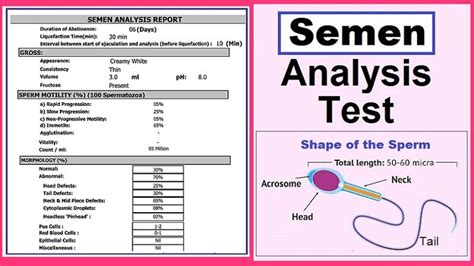Sperm Count Evaluation: Male Fertility Assessment
Sperm Count Evaluation FAQ
What is a sperm count test?
A sperm count test is also known as a semen analysis. The test can tell you about your fertility. Results are analyzed for sperm shape, movement, pH, volume, liquefaction, sperm count, and appearance. Semen analysis, also known as a sperm count test, analyzes the health and viability of a man’s sperm.
What to expect from a sperm count test?
Dr Roger Henderson explains what to expect from a sperm count test, and how to interpret your results. Semen analysis, also known as a sperm count test, is used to analyse the a man's sperm health, including the sperm count, motility and shape of the sperm.
What does a Sperm Test show?
Vitality is the percent of live sperm in your semen sample. White blood cells. The presence of white blood cells may be a sign of infection or inflammation. A post-vasectomy semen analysis checks to see whether your semen contains sperm. Expected results show no sperm or very few nonmoving sperm.
How does a semen analysis test work?
This involves a sample of your semen being tested to check the amount of sperm in it. The test also checks how fast the sperm move and the shape of your sperm. If your semen analysis test results find a possible problem, you'll have another semen analysis test usually around 3 months after the first test.
What determines sperm count?
According to research from 2012, there are two major determinants of sperm count. These are the number of cells needed for sperm production, or Sertoli cells, and the time since a person last ejaculated. The longer the time since the last ejaculation, the higher the sperm count is likely to be in a test.
How is sperm count measured under a microscope?
To this end, a drop of semen is put in a Makler counting chamber to analyze the following sperm parameters under the microscope: The total sperm count must be higher than 15 million sperm per milliliter or 39 million per ejaculate in order to be considered normal.
Sperm Count Evaluation References
If you want to know more about Sperm Count Evaluation, consider exploring links below:
What Is Sperm Count Evaluation
Sperm Count Evaluation Information
Explore Related Topics
From Isolation to Connection: Group Therapy for Men Dealing with Infertility
Discuss the benefits of group therapy as a supportive resource for men coping with infertility, fostering connection, alleviating isolation, and providing a safe space for sharing experiences.
